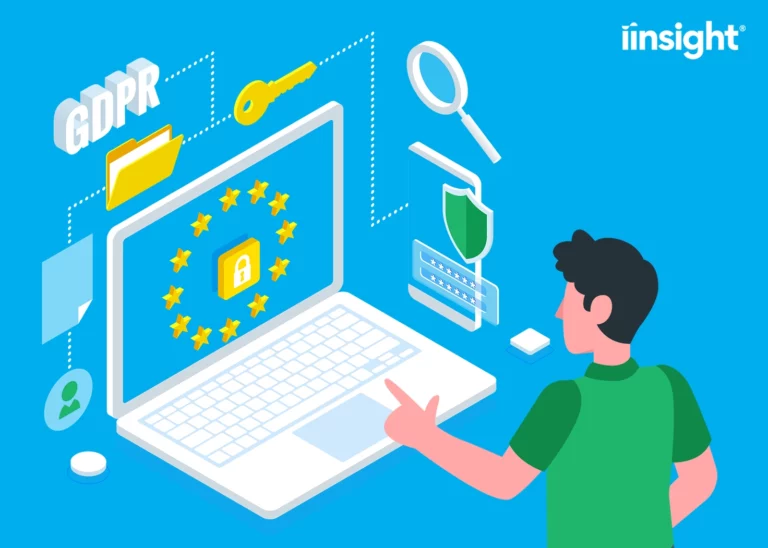Creating, sending, and tracking therapy billing doesn’t have to be difficult. Learn how to improve your therapy invoice management here.
Are you struggling to create, send, and track your therapy billing? You can streamline the process with the right strategy in place. In fact, over 50% of CFOs want easier report creation, better dashboards, and enhanced reports.
Meanwhile, about two-thirds struggle to pull data from multiple resources.
With these five tips, you can improve your invoice management and get organized! Then, you can save yourself valuable time. Streamlining the process will give your patients ease as well.
It’s time to get organized. Improve your therapy invoice management with these easy tips today.
1. Improve Your Dashboard
First, take the time to improve your billing dashboard. Gathering the right data will help you make more informed decisions moving forward. You can’t improve your current invoice management if you don’t have data.
Make sure your dashboard is tracking information across multiple locations. You can review your profitability on a by-location basis. Then, you can analyze the performance of your team as a whole.
Set your dashboard to track the number of patient visits in your clinic, too.
Reviewing each visit will give you further insight into your clinic’s performance.
What key performance indicators (KPIs) do you need to track? Breaking your data into a more granular level will help you gain more insights.
Do you have set goals for your clinic? You can set KPIs for each goal.
For example, if you want to track new patients, look at your patient portal. Most portals have patients self-register online. You can gather insights regarding your patients through the portal.
You can also determine which patients haven’t paid yet. Tracking these patients will help you avoid missing co-pays. Otherwise, you might not bill the claims.
Try to track which patients don’t have a follow-up appointment scheduled. These patients can fall through the cracks, reducing your revenue.
Look for low authorizations, too.
2. Avoid Unnecessary Lag
Once you improve your dashboard, you can start reducing your lag time. Your lag time is a delay between the first billed data and the date of service.
The lag time isn’t always within your control. For example, you can’t control how long it takes for the payer to process the claim. You also can’t control the time it takes for them to approve or deny your prior authorization.
There are areas of lag time you can control, though.
For example, you can reduce lag time by billing medical claims the same day you see a patient.
First, let your team members document patient visits using an iPad. You can cut down lag time and bill your claims as soon as possible. Revenue will flow faster as a result.
You can also allow your team members to use voice dictation. Voice dictation can speed up the documentation process.
Make sure to check for incomplete charts each day as well. It’s important for charts to get completed to ensure fast, efficient payments. Otherwise, the lag time could increase.
You can add an “Incomplete Charts” or “Missed Encounters” space to your dashboard. This report can tell you which patients with past due appointments are missing documentation.
Look at the open notes, too. Which notes are incomplete?
As you start using these tips, track your progress. What’s causing your lag time to increase? Look for other ways to speed up the process to avoid wasting time.
3. Fix Rejected Claims ASAP
It’s important to fix rejected claims the same day you receive them. Otherwise, you might experience delays with your therapy billing process.
A clearinghouse rejection is an electronic medical claim that’s not accepted by the clearinghouse.
When a claim is rejected, make a note of why it was rejected. Try to avoid these mistakes in the future. Have your staff fix the issue and rebill the claim.
Fixing rejections the day you receive them can improve your day’s revenue outstanding. Your average claims payment time will improve.
4. Get Proactive
About 80% of medical bills contain errors. Getting proactive with your therapy billing can help you avoid these mistakes. Your patients will thank you for it in the long run.
Set Up ERA
First, set up electronic remittance advice (ERAs) for your insurance carriers. These electronic payments are sent to medical offices from insurance carriers. The ERA will list all medical charges and encounters you submitted to the payer.
It will also include the payment amounts, reasons for the payment, and dates of service.
You can send ERAs in conjunction with electronic fund transfers (EFTs), which deposit directly into your bank account.
Verify Insurance Eligibility
Using your therapy billing software, take the time to verify every patient’s insurance information. Verification will save you time in the long-run. You won’t have to contact the insurance carrier.
You can set up a process to verify each patient’s insurance information three days before their visit. Otherwise, you might realize they’re not eligible the day they arrive.
Make sure to contact your patients to ask if their insurance information is up-to-date, too.
Schedule Follow-Ups
You can also remain proactive by creating a practice patient outreach program. Make sure patients are scheduled for a follow-up appointment to provide the best care. Your patients will remain healthy, as will your revenue.
Reschedule No-Shows
Patient no-shows can impact your revenue. Call patients once or twice within five days to help them reschedule their appointments. Missing appointments could otherwise impact your patient’s progress.
5. Analyze Denials
You can improve your therapy invoice tracking by analyzing any denials you receive. You don’t want to lose revenues for services the payer should cover. Unfortunately, everyone has to deal with denied claims from insurance carriers at some point.
Develop a strategy for dealing with denied claims. Address the root cause to avoid these issues in the future.
Make a list of the highest dollar denials. Spend the most time analyzing those denials.
Organized Invoicing: 5 Tips for Improving Your Therapy Billing Process
Don’t let payments fall through the cracks. Instead, use these five tips for improving your therapy billing process. With these therapy billing tips, you can give your revenue a boost!
Want to discover an easier way to manage your therapy invoice tracking? We can help.
Learn more about our medical billing software today to get started!











